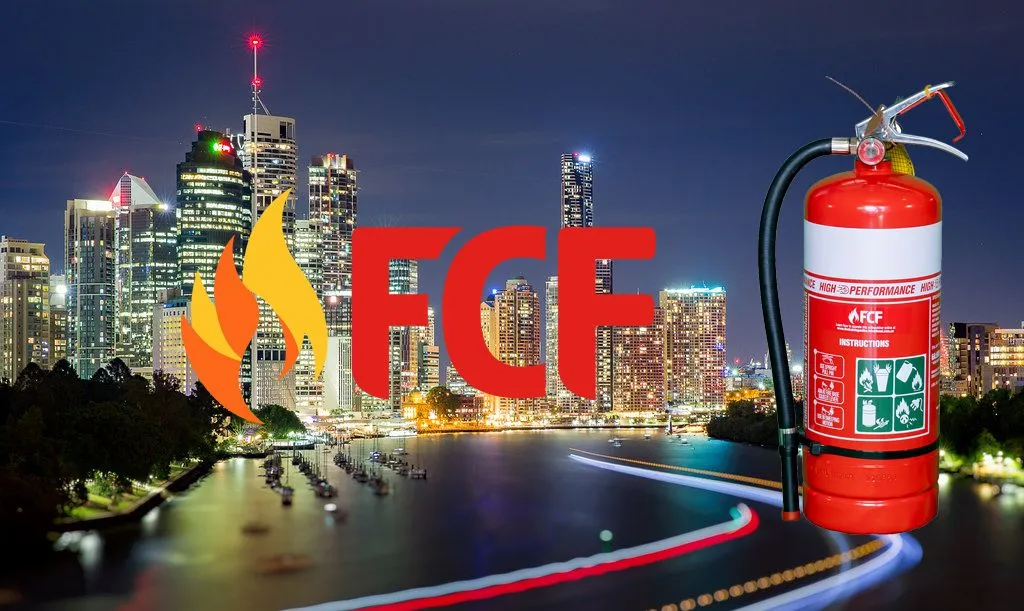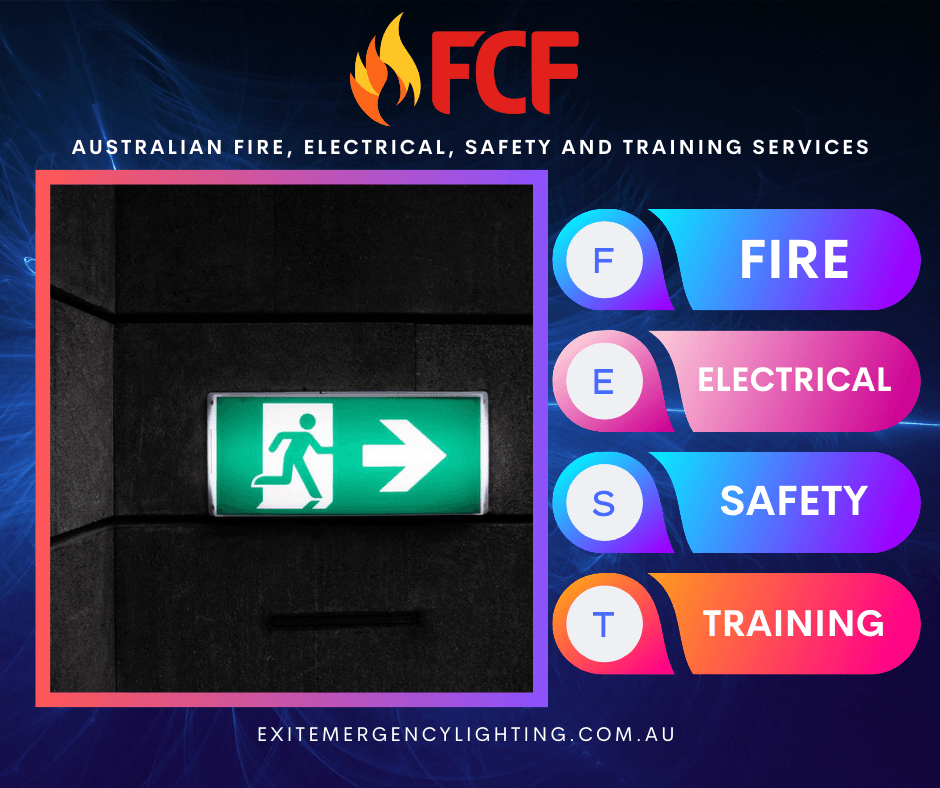How to Use A Carbon Dioxide Fire Extinguishers
Carbon dioxide fire extinguishers are one of the most common types of gas fire extinguishers. These are designed to contain fires caused by burning organic materials like paper and wood. The CO2 can be used in both dry and wet powder form, but it is more effective when used in its liquid form. Carbon dioxide is a colorless, odorless gas that is heavier than air. It can be found naturally in the atmosphere or it can be extracted from carbonated beverages such as soda pop or beer. Carbon dioxide is also used in industrial processes where it is burned as an energy source or to produce carbon monoxide.

When used properly, a carbon dioxide fire extinguisher works quickly and effectively to put out small fires that don't require large amounts of water to extinguish them. If you find yourself in a situation where your home has caught fire or you've been injured by smoke inhalation, consider using a CO2 fire extinguisher instead of water or other methods to put out the flames!
Carbon dioxide fire extinguishers are a type of fire extinguisher that uses carbon dioxide gas to put out fires. Carbon dioxide fire extinguishers are often used in industrial settings where there is a possibility of an explosion or chemical reaction. They are also used by people who work on boats and aircrafts.
- A CO2 fire extinguisher is a device that uses the chemical carbon dioxide to put out fires. The chemical does not have any harmful effects when it reacts with other substances such as oxygen, water and fuel. This means that it can be used in environments where oxygen may be limited or not available at all.
- Carbon dioxide fire extinguishers come in several types depending on their size and use:
- Class ABCD Carbon Dioxide Extinguisher - These types use pressurized air or nitrogen gas as the carrier gas for the carbon dioxide. It can reach up to 2,000 PSI (pounds per square inch). They are smaller in size compared to other types of CO2 extinguishers but they still work effectively at putting out small fires quickly without causing any harm to the surrounding areas or people around them.
- Carbon dioxide fire extinguishers are used to put out fires that involve flammable materials. Carbon dioxide is a chemical that is only found in the atmosphere and not on earth, so it must be released into the air in order to be effective. Carbon dioxide fire extinguishers are very simple to use, even for those who have never used one before. They can be purchased at most hardware stores, where they are also sold for other purposes.
Carbon Dioxide Fire Extinguishers: What They Are Used For
These types of extinguishers are most often used to put out fires involving flammable liquids such as gasoline or kerosene. They are also commonly used when dealing with fires involving electrical equipment such as computers or printers, as well as fires involving flammable gases such as propane or butane. In addition, they can be used on fires involving certain combustible metals such as magnesium or lithium batteries, which can be dangerous if left unattended. Most fire departments keep a supply of these types of extinguishers on hand at all times so they can respond quickly to any emergency situations that arise during the course of their duties.
Carbon dioxide fire extinguishers are used to put out fires that involve flammable liquids and gases. They are also used in some cases to put out electrical fires. A carbon dioxide fire extinguisher is a compressed carbon dioxide cylinder that has a hose attached to it. It is designed to be placed under an area where there is a fire or other burning material, such as paper or cloth. The cylinder will dispense a small amount of carbon dioxide which will react with the fuel or other combustible material and create enough heat to put it out.
Carbon dioxide is a colorless gas at room temperature and pressure, but it becomes heavier when it is cooled below -78 degrees Celsius (-112 degrees Fahrenheit). This means that it can only exist as a liquid at temperatures below those listed below: -78 degrees Celsius (-112 degrees Fahrenheit), -100 degrees Celsius (-148 degrees Fahrenheit) and -162 degrees Celsius (-260 degrees Fahrenheit). The higher temperatures required for carbon dioxide changes makes this an ideal fuel for chemical reaction purposes because it becomes heavier as its temperature gets lower and thus easier to transport through pipes and tubes.

)
)
)
)
)
)
)
)
)
)
)
)
)
)
)
)
)
)
)
)
)
)
)
)
)
)
)
)



